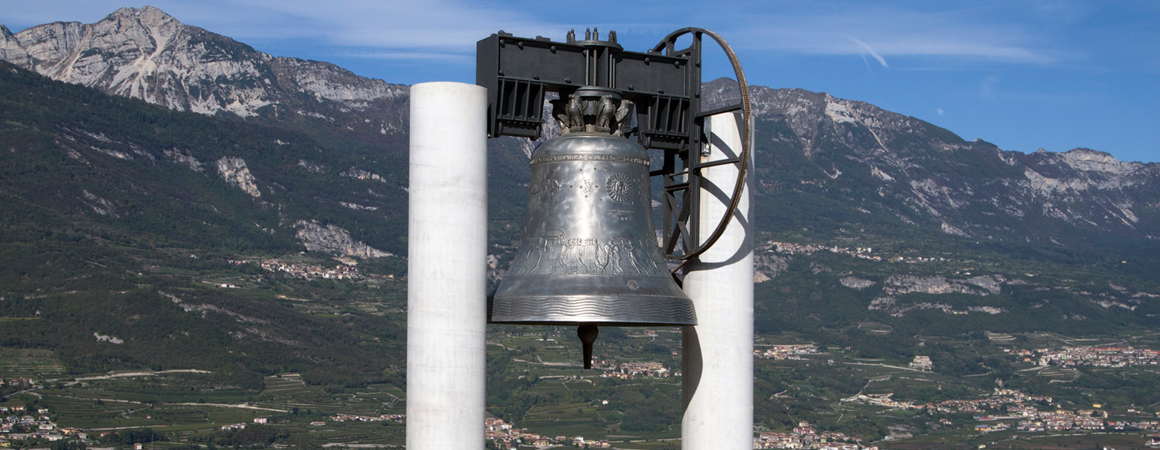FOR WHOM THE BELL TOLLS - PART 6
«Well done, Father Rossaro. Today is his celebration and it is well deserved». Bishop Endrici was right, Father Rossaro deserved the celebration, but he hadn't dressed elegantly. In his opinion, the cassock he wore was too modest and for this reason he decided not to participate in the official lunch.
Already in the morning, at the train station, when it came to welcoming the queen and the other authorities, he had stood aside and left the front row to the representatives of the local institutions. The day, however, was important: 24 May 1925, exactly ten years after Italy entered the war, Great at the time, as it did not yet need the number one. It was the day of the christening.
Throughout the previous night, thousands of people from Rovereto had queued at the Convent of San Rocco to see the wonder that had arrived from the Colbacchini Foundry. In the morning, once the six pairs of horses had been tied to the carriage that was to transport the load, everything was ready. And it is in this way that the Bell entered the centre of Rovereto.
The authorities were waiting in Piazza Rosmini. At the entrance to the square, Queen Margherita was ready to cut the ribbon, but the crowd, so huge and involved, was the main attraction. The great Carlo Delcroix, himself mutilated in war, gave the official speech and shortly after midday everyone headed towards the Church of San Marco, where Father Rossaro celebrated the solemn mass. Lunch followed without the priest and the moment everyone had been waiting for finally arrived. At Rovereto Castle, the Queen inaugurated the 'Bell of the Fallen’ room dedicated to the memory of Carla Della Beffa. Immediately afterwards in Piazza Rosmini the bishop poured water from the Leno, Piave and Tiber over the Bell, according to the sacramental rite of baptism. The name «Maria Dolens» was chosen, in honour of the Madonna who represents all mothers saddened by the death of their children.
The bishop read the bull with which Pope Pius granted an indulgence of 500 days to those who recited a prayer of suffrage for the fallen at the ringing of the bell.
After the official hymn of the Bell was played, it was those who had led the work in the foundry who took up the heavy clapper to swing against the bronze. Seven tolls and the Bell was already a universal symbol, designed to renew the memory of the fallen, all the fallen, every day and to prompt feelings of brotherhood. But finding a position between nationalist rhetoric and the aspiration for peace was not easy in a political climate that had transformed with the rise of fascism to power.





